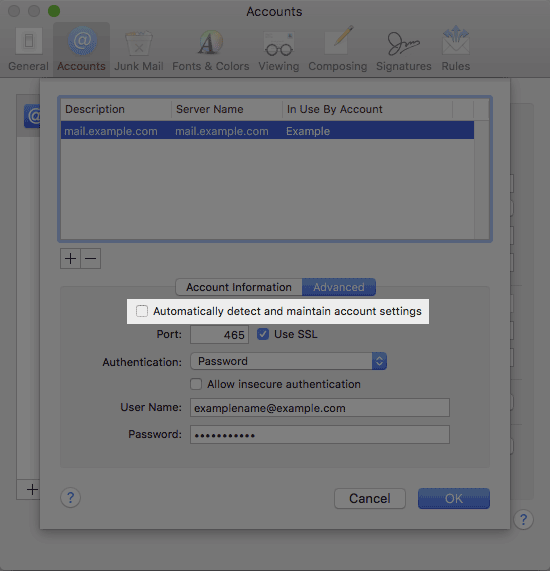

Both used a store and forward mechanism and are examples of push technology. SMTP, on the other hand, works best when both the sending and receiving machines are connected to the network all the time. At the time, it was a complement to the Unix to Unix Copy Program (UUCP), which was better suited for handling email transfers between machines that were intermittently connected. SMTP became widely used in the early 1980s. The SMTP standard was developed around the same time as Usenet, a one-to-many communication network with some similarities.

In November 1981, Postel published RFC 788 "Simple Mail Transfer Protocol". RFC 780 of May 1981 removed all references to FTP and allocated port 57 for TCP and UDP, an allocation that has since been removed by IANA. In 1980, Jon Postel published RFC 772 which proposed the Mail Transfer Protocol as a replacement of the use of the File Transfer Protocol (FTP) for mail. Development work continued throughout the 1970s, until the ARPANET transitioned into the modern Internet around 1980. įurther implementations include FTP Mail and Mail Protocol, both from 1973. Fewer than 50 hosts were connected to the ARPANET at this time. SMTP traces its roots to two implementations described in 1971: the Mail Box Protocol, whose implementation has been disputed, but is discussed in RFC 196 and other RFCs, and the SNDMSG program, which, according to RFC 2235, Ray Tomlinson of BBN invented for TENEX computers to send mail messages across the ARPANET. SMTP grew out of these standards developed during the 1970s. Government's ARPANET, standards were developed to permit exchange of messages between different operating systems. As more computers were interconnected, especially in the U.S. Users communicated using systems developed for specific mainframe computers. Various forms of one-to-one electronic messaging were used in the 1960s. 6.7.2 SMTP MTA Strict Transport Security.4.1 Outgoing mail server access restrictions.


 0 kommentar(er)
0 kommentar(er)
